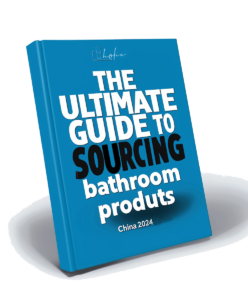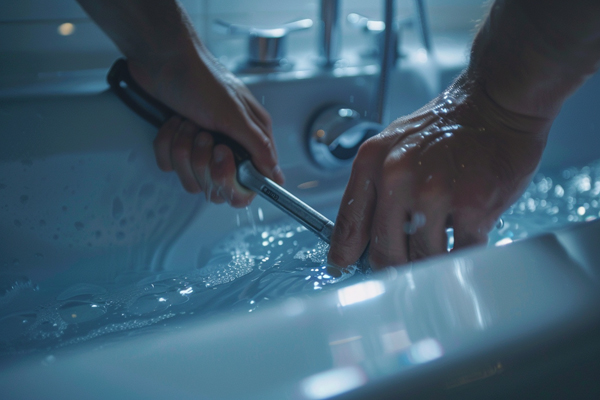
Wondering if you can remove your bathtub drain? With the right tools and method, bathtub drain removal becomes a simple task.
Bathtub drains are removable, but some may require special tools depending on their type and installation.1 Common styles like toe-touch, lift-and-turn, and trip-lever drains each need specific techniques to avoid damaging your tub or plumbing. Before starting, identify your drain type, gather tools such as a drain wrench or pliers, and make sure the area is dry and clear. By following the proper steps, you can safely remove a bathtub drain and keep your bathroom in top condition.
Are all bathtub drains removable, or do some require special tools?
Not all bathtub drains2 are the same, and some require specialized tools for removal.
Most standard bathtub drains can be unscrewed, but some may need a drain wrench or pliers.
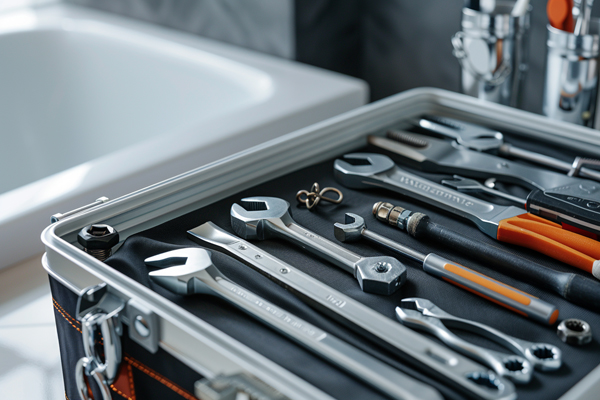
Understanding Drain Types and Tools
| Drain Type | Removal Tool Needed | Difficulty Level |
|---|---|---|
| Toe-touch stopper | Flathead screwdriver | Easy |
| Push-pull stopper | Pliers or wrench | Moderate |
| Lift-and-turn drain | Adjustable pliers | Moderate |
| Pop-up drain | Screwdriver and pliers | Moderate |
| Grid drain | Drain key or wrench | Hard |
If the drain is corroded or over-tightened, you may need a heavy-duty wrench or penetrating oil to loosen it.
How can you remove a bathtub drain cover or plug without screws?
Many drain covers and plugs don’t have visible screws, making removal tricky.
Twisting, pulling, or using suction can help remove covers without screws.

Effective Methods for Drain Cover Removal
- Twist and Pull: Some covers detach by twisting counterclockwise.
- Suction Cup Method3: A strong suction cup can lift stuck covers.
- Wedge a Flathead Screwdriver: If there’s a small gap, gently pry it up.
- Use Pliers for a Firm Grip: Wrap a cloth around the cover to prevent damage.
How do you safely remove a bathtub drain without breaking it?
Removing a drain improperly can damage pipes and make reinstallation difficult.
Using the correct tools and technique prevents unnecessary breakage.
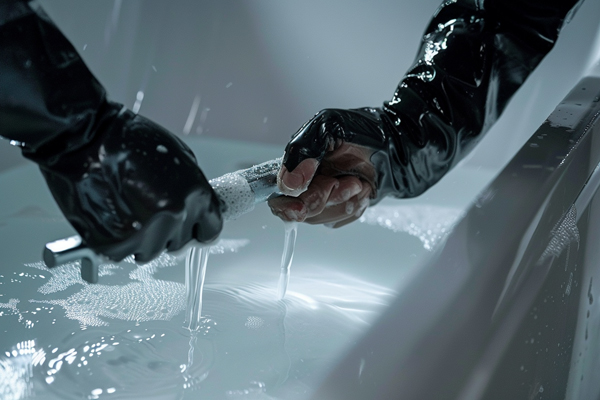
Best Practices for Drain Removal
- Lubricate the Area: Apply penetrating oil4 to loosen stuck threads.
- Use a Drain Wrench: Insert into the drain crossbar and twist counterclockwise.
- Try Locking Pliers: If the wrench doesn’t work, pliers may provide extra grip.
- Apply Gentle Force: Avoid excessive force that can crack the tub or pipes.
What’s the best way to disconnect a bath waste pipe and remove surrounding panels?
In some cases, the drain connects to a waste pipe that requires disassembly.
Carefully removing the waste pipe ensures minimal disruption to surrounding panels5.
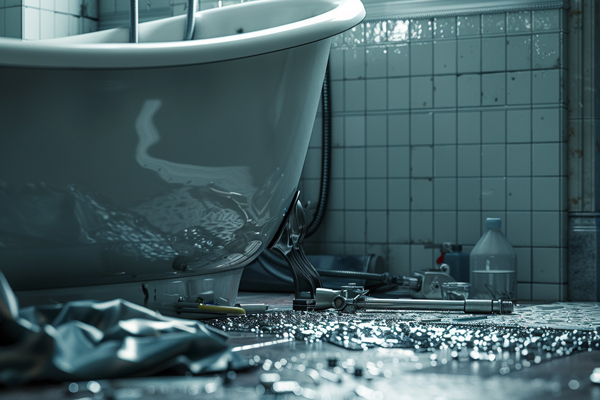
Steps to Disconnect the Waste Pipe
- Locate the Access Panel: Found behind the tub or in an adjacent room.
- Turn Off the Water: Prevent accidental leaks.
- Loosen the Pipe Connection: Use an adjustable wrench to unscrew it.
- Support the Pipe: Hold it steady to prevent bending or damage.
What should you do if your bathtub won’t drain properly after removal?
Removing the drain should improve drainage, but sometimes new issues arise.
A thorough inspection and cleaning can resolve post-removal drainage problems6.
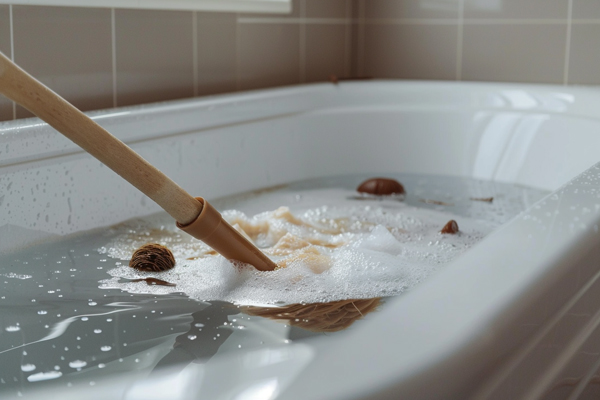
Troubleshooting Poor Drainage
- Check for Blockages: Use a flashlight to inspect for trapped debris.
- Flush with Hot Water: Pour boiling water to break down soap and grime.
- Use a Plunger: Create suction to remove any clogs in the pipe.
- Test the New Drain Installation: Ensure the drain aligns properly.
What tools are essential for removing a bathtub drain?
Using the right tools makes drain removal easier and prevents damage.
A drain wrench7, pliers, and lubricant are the most common tools needed.
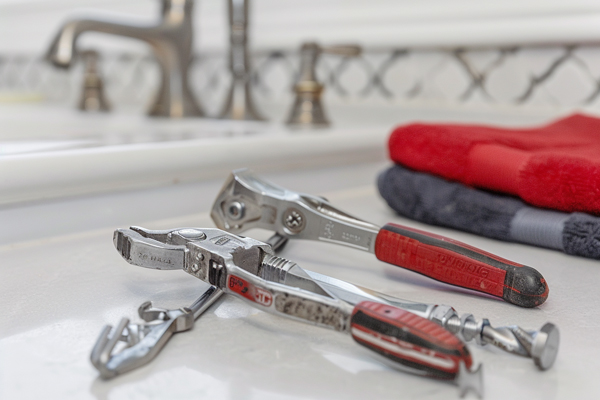
Essential Tools List
| Tool | Purpose |
|---|---|
| Drain wrench | Loosens and removes drains |
| Adjustable pliers | Grips and twists stuck parts |
| Flathead screwdriver | Pries off covers |
| Lubricant | Loosens corroded parts |
| Plunger | Clears blockages |
How do you deal with a corroded or stuck bathtub drain?
Over time, bathtub drains can become corroded and difficult to remove.
Applying penetrating oil and using a heavy-duty wrench8 helps loosen stubborn drains.
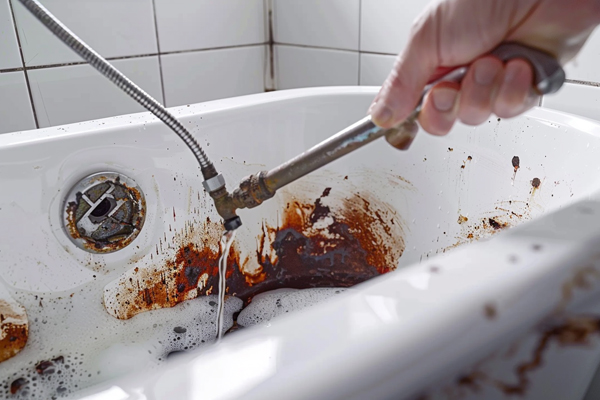
Methods to Free a Stuck Drain
- Apply Penetrating Oil: Let it sit for 15–30 minutes.
- Use a Drain Wrench: Secure it firmly before twisting.
- Heat the Metal: A hairdryer can expand the drain slightly.
- Try a Rubber Mallet: A gentle tap can break corrosion bonds.
Can you remove a bathtub drain without professional help?
Many bathtub drains can be removed without calling a plumber.
With the right tools and approach, DIY drain removal is possible.
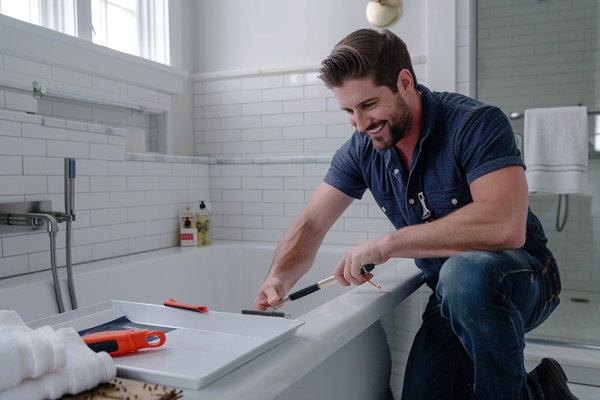
When to Call a Professional
- Severe Corrosion9: If rust prevents removal.
- Pipe Damage: Cracked pipes may need expert repair.
- Complex Installations: Some tubs require specialized knowledge.
What are the common types of bathtub drain stoppers and how to remove them?
Different stoppers require different removal techniques.
Toe-touch, push-pull, and lift-and-turn10 are the most common drain stoppers.
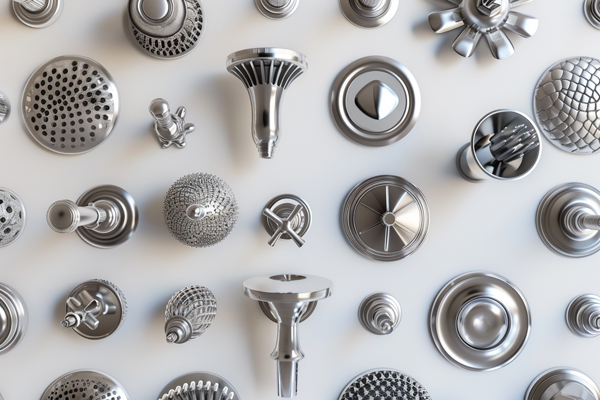
Removing Different Stopper Types
| Stopper Type | Removal Method |
|---|---|
| Toe-touch | Twist counterclockwise |
| Push-pull | Unscrew with pliers |
| Lift-and-turn | Locate set screw, loosen, twist |
| Pop-up | Pull up and twist |
Conclusion
Removing a bathtub drain is a straightforward task if you use the right tools and techniques. Most drains are removable, but some require specialized tools. Covers without screws can be removed using twisting or suction. Always ensure the drain is properly loosened before applying force to avoid breakage. If the waste pipe needs disconnection, proceed carefully to prevent damage. After removal, check for blockages and test drainage. Essential tools like a drain wrench, pliers, and lubricant make the job easier. Corroded drains may need penetrating oil or heating. DIY removal is possible, but professionals should handle severe cases. Understanding different drain stoppers helps in selecting the right removal method.
-
Explore this link to find detailed information on the tools required for different types of bathtub drains, ensuring a successful removal process. ↩
-
Explore this link to understand the various types of bathtub drains and their features, which can help in choosing the right one for your needs. ↩
-
Explore this resource to learn effective techniques for using suction cups, ensuring you can safely and easily remove drain covers without damage. ↩
-
Discover the most effective penetrating oils that can help you loosen stuck threads easily and safely. ↩
-
Learning how to properly remove surrounding panels can prevent damage and make your plumbing work easier and more efficient. ↩
-
Understanding common issues can help you troubleshoot effectively and ensure proper drainage after removal. ↩
-
Understanding how to use a drain wrench can simplify your bathtub drain removal process. Explore this link for detailed guidance. ↩
-
Learn how to properly use a heavy-duty wrench for plumbing tasks, ensuring you can effectively deal with stuck drains. ↩
-
This link will provide insights on handling severe corrosion issues effectively, ensuring you make informed decisions. ↩
-
Understanding the types of bathtub drain stoppers can help you choose the right one for your needs. ↩


